Asahi Kasei to present diversified material solutions for EV batteries and circular economy at Fakuma 2023
Green Car Congress
SEPTEMBER 6, 2023
The company is currently developing a new continuous glass fiber reinforced thermoplastic, LENCEN, and will present it for the first time at Fakuma. AZP is a transparent polymer that overcomes the disadvantages of conventional optical plastic materials. Solutions for improved HMI and glass replacement.

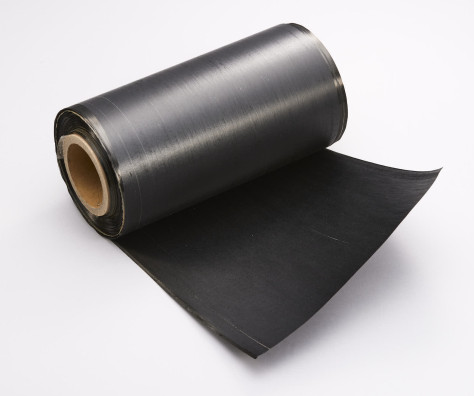
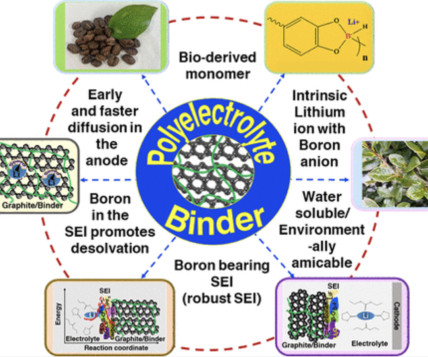





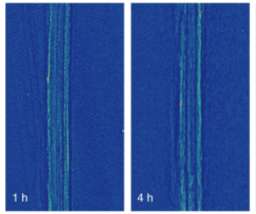


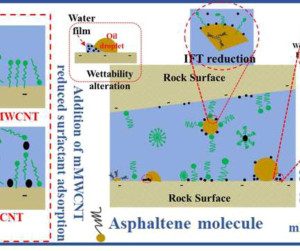


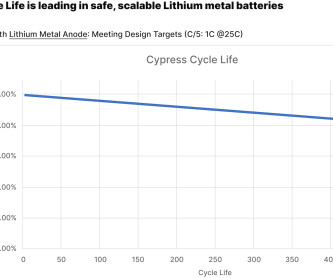


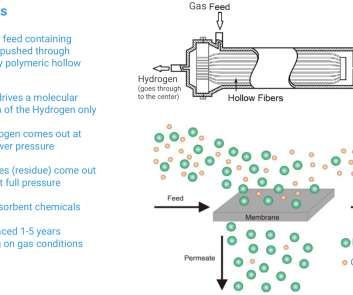


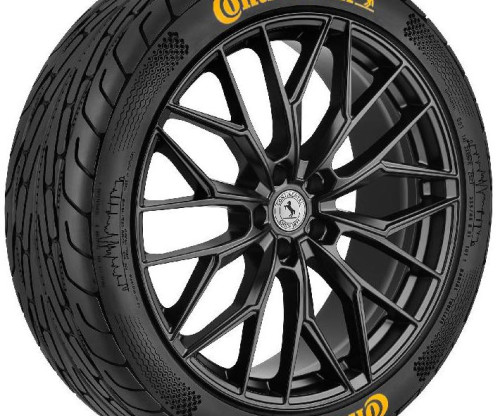

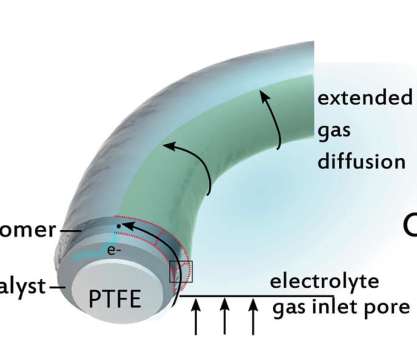

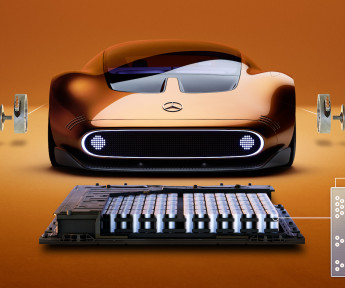







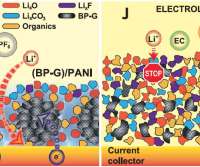




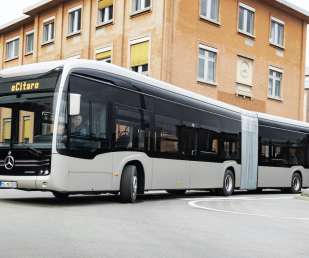
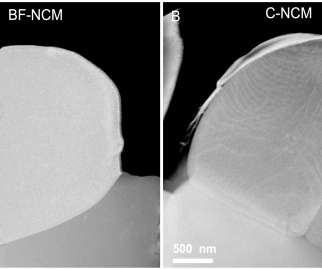






Let's personalize your content